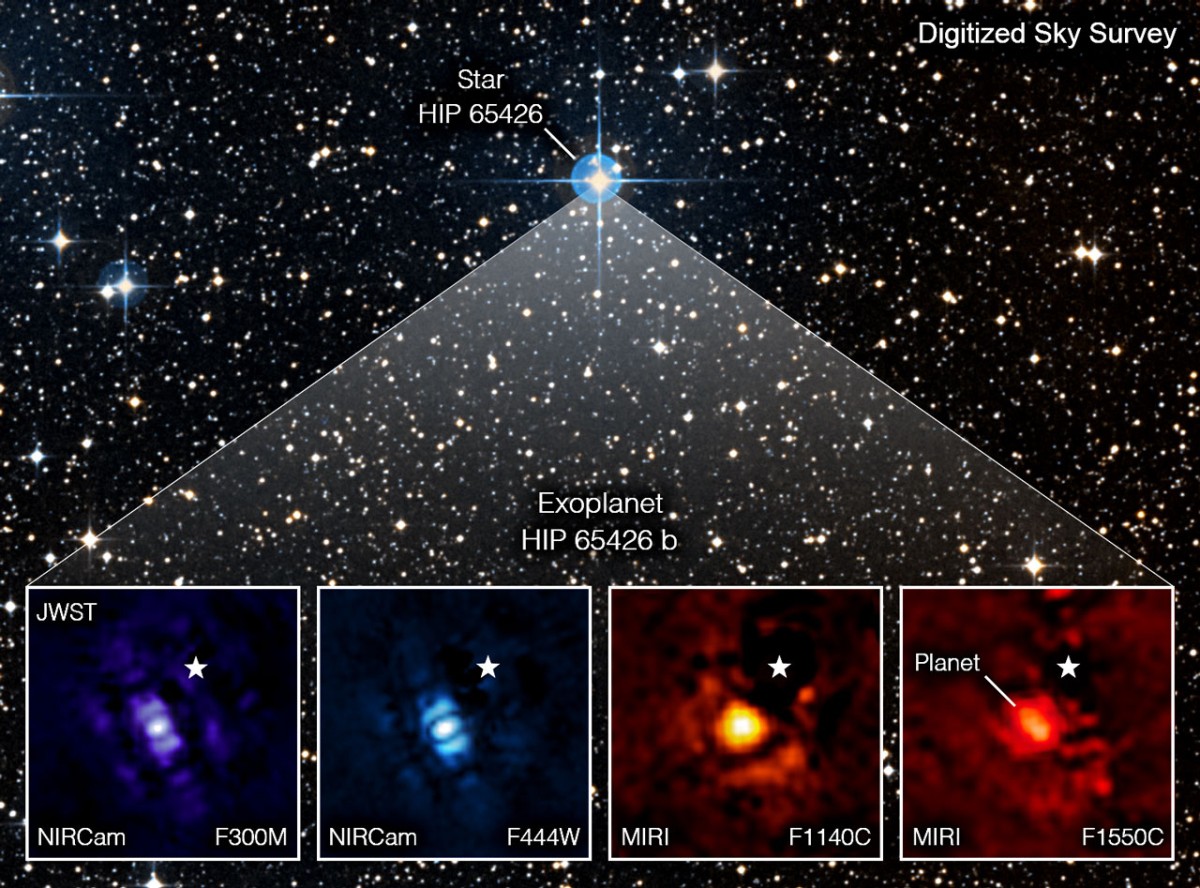ExoPlanet Exploration
Exploring ExoPlanets with TRO Telescopes
In conjunction with the University of Dallas Physics Department and the original Citizen Astronomers Collaborative, the TRO observatory
hosts a Software Bisque Paramount / Celestron 14 inch telescope with QHY600 camera. It is primarily used for
ExoPlanet research in conjunction with Astronomers from the University of Dallas Physics Department.
The C14 is used by university students to participate in long term surveys and follow-up research regarding new ExoPlanets and variable stars.
For more information about ExoPlanet research at TRO contact Arthur Sweeney the TRO Observatory Director at email: Sweeney_a@sbcglobal.net
What is an ExoPlanet?
An ExoPlanet is any planet beyond our solar system. Most orbit other stars, but free-floating ExoPlanets,
called rogue planets, orbit the galactic center and are untethered to any star.
ExoPlanet discoveries are exploding. Professional research observatories, both terrestrial and space based, have made the vast majority of
these remarkable discoveries. These newly discovered ExoPlanets require follow up observations that the large research observatories simply
do not have the time to do. ExoPlanets that transit their parent stars present amateurs with the opportunity to contribute valuable follow up observations.
This image shows the ExoPlanet HIP 65426 b in different bands of infrared light, as seen from the James Webb Space Telescope.

ExoPlanet Discovery History
The first ExoPlanets were discovered in the 1990s and since then we’ve identified thousands using a variety of detection methods.
It’s pretty rare for astronomers to see an ExoPlanet through their telescopes the way you might see Saturn through a telescope from Earth.
That’s called direct imaging, and only a handful of ExoPlanets have been found this way and these tend to be young gas giant planets orbiting
very far from their stars.
Now we live in a universe of ExoPlanets. The count of confirmed planets is in the thousands and rising. That’s from only a small sampling of the galaxy as a whole.
The count could rise to the tens of thousands within a decade, as we increase the number, and observing power, of robotic telescopes
lofted into space.NASA.
